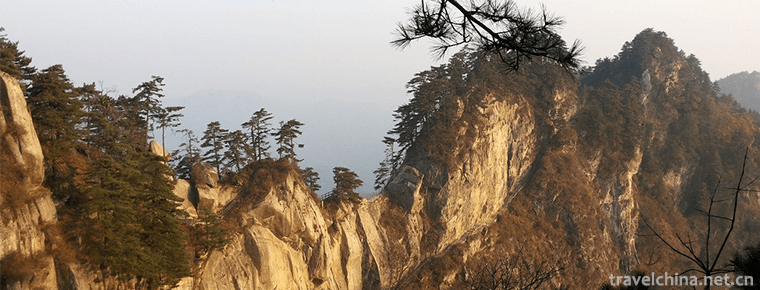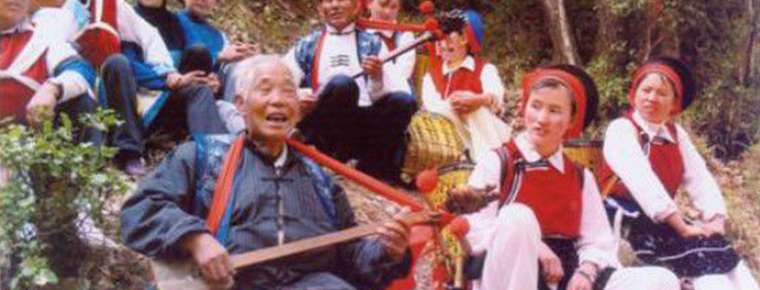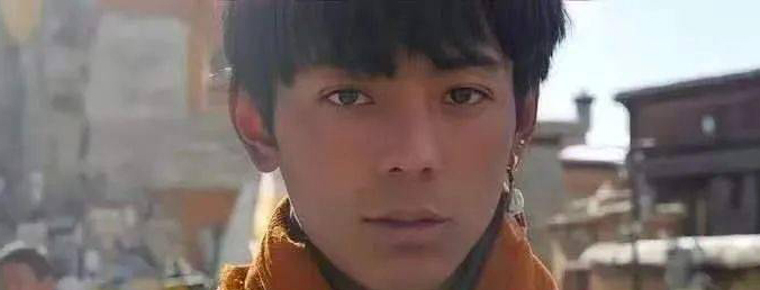2019-01-02

- By ChinaWiki.net
- Chinese Edition
- 2020-12-20
Dazhou people's life
In 2018, the per capita disposable income of Dazhou residents was 20881 yuan. The per capita disposable income of urban residents was 30882 yuan, an increase of 8.8%. Among them, salary income was 17597 yuan, an increase of 7.3%; net operating income was 5538 yuan, an increase of 7.1%; transfer income was 5946 yuan, an increase of 14.6%; property income was 1802 yuan, an increase of 10.8%. The per capita consumption expenditure of urban residents was 20713 yuan, an increase of 5.9%. Among them, medical and health care expenditure increased by 11.7%, education, culture and entertainment expenditure by 9.6%, clothing expenditure by 7.6%, daily necessities and services expenditure by 6.9%, residential expenditure by 6.4%, and food, tobacco and alcohol expenditure by 3.3%. The Engel coefficient of urban residents is 39%.
The per capita disposable income of rural residents was 14055 yuan, an increase of 9.4% over the previous year. Among them, the income from sex property increased by 516.65%, and the income from sex increased by 516.6%, by 516.65%. The per capita living consumption expenditure of rural residents was 10188 yuan, an increase of 10.0%. Among them, the expenditure on education, culture and entertainment increased by 16.1%, medical and health care by 17.3%, residence by 13.0%, daily necessities and services by 10.6%, and food, tobacco and alcohol by 6.2%. The Engel coefficient of rural residents was 40.9%.
Ask a Question
Your email address will not be published.



0 Questions